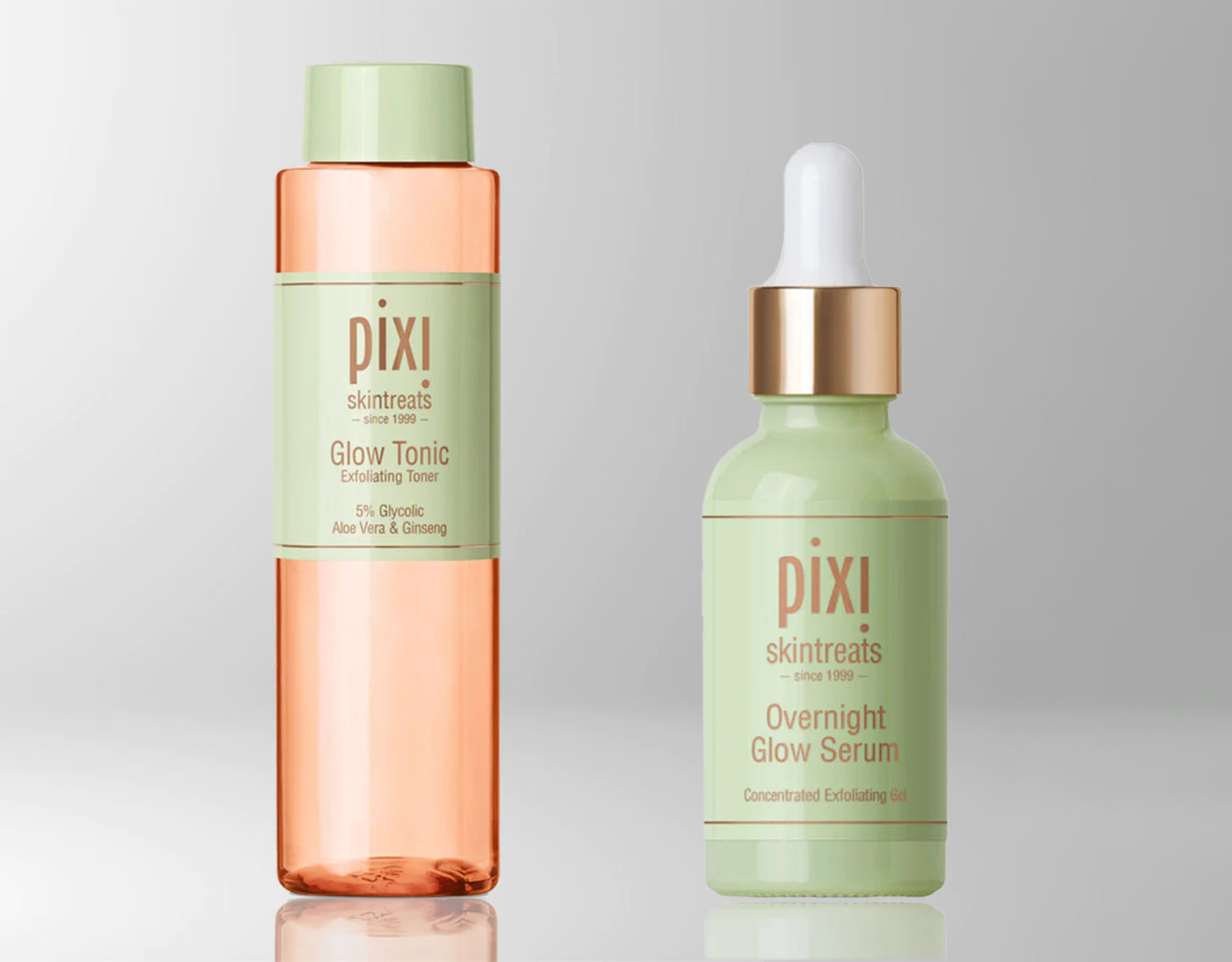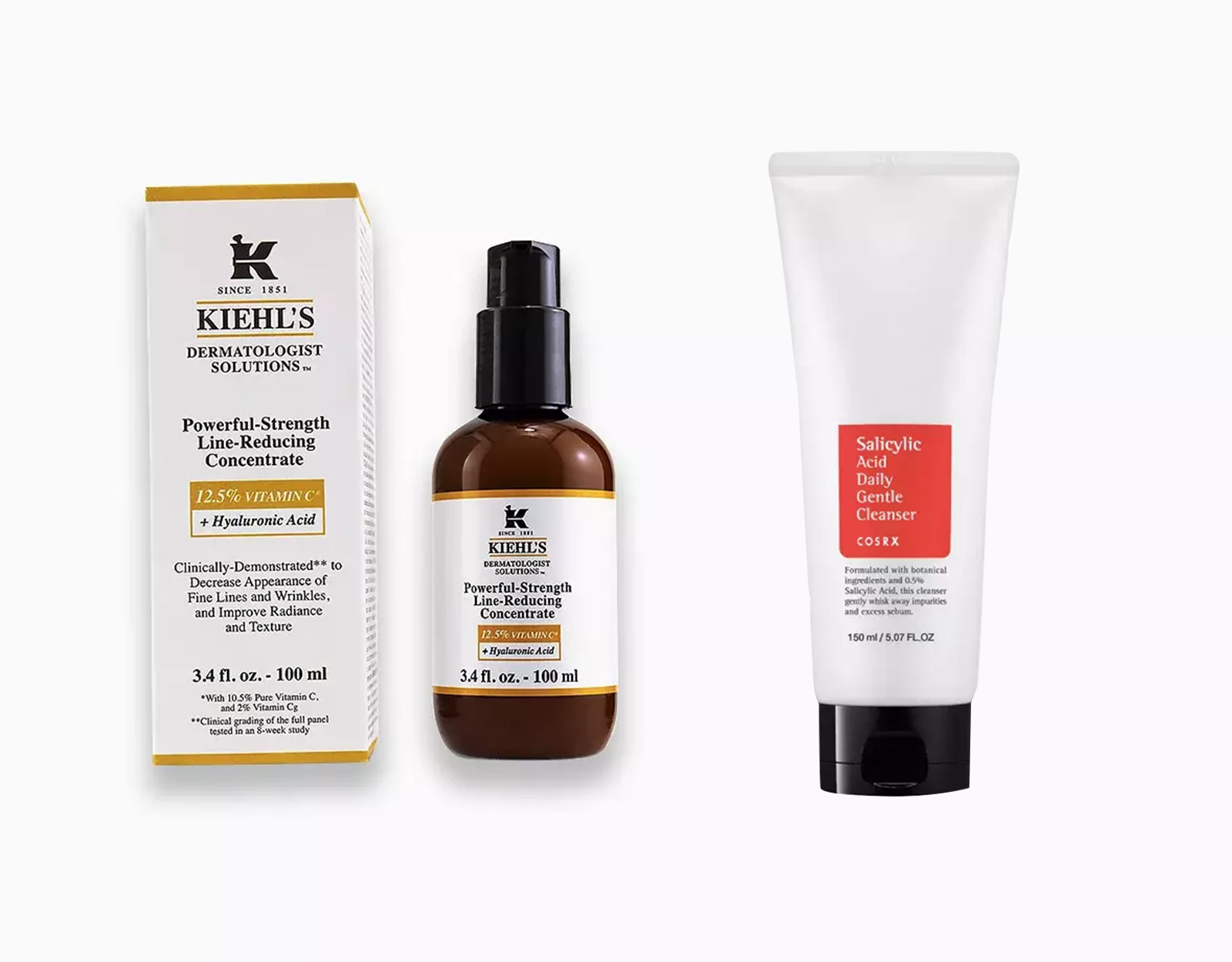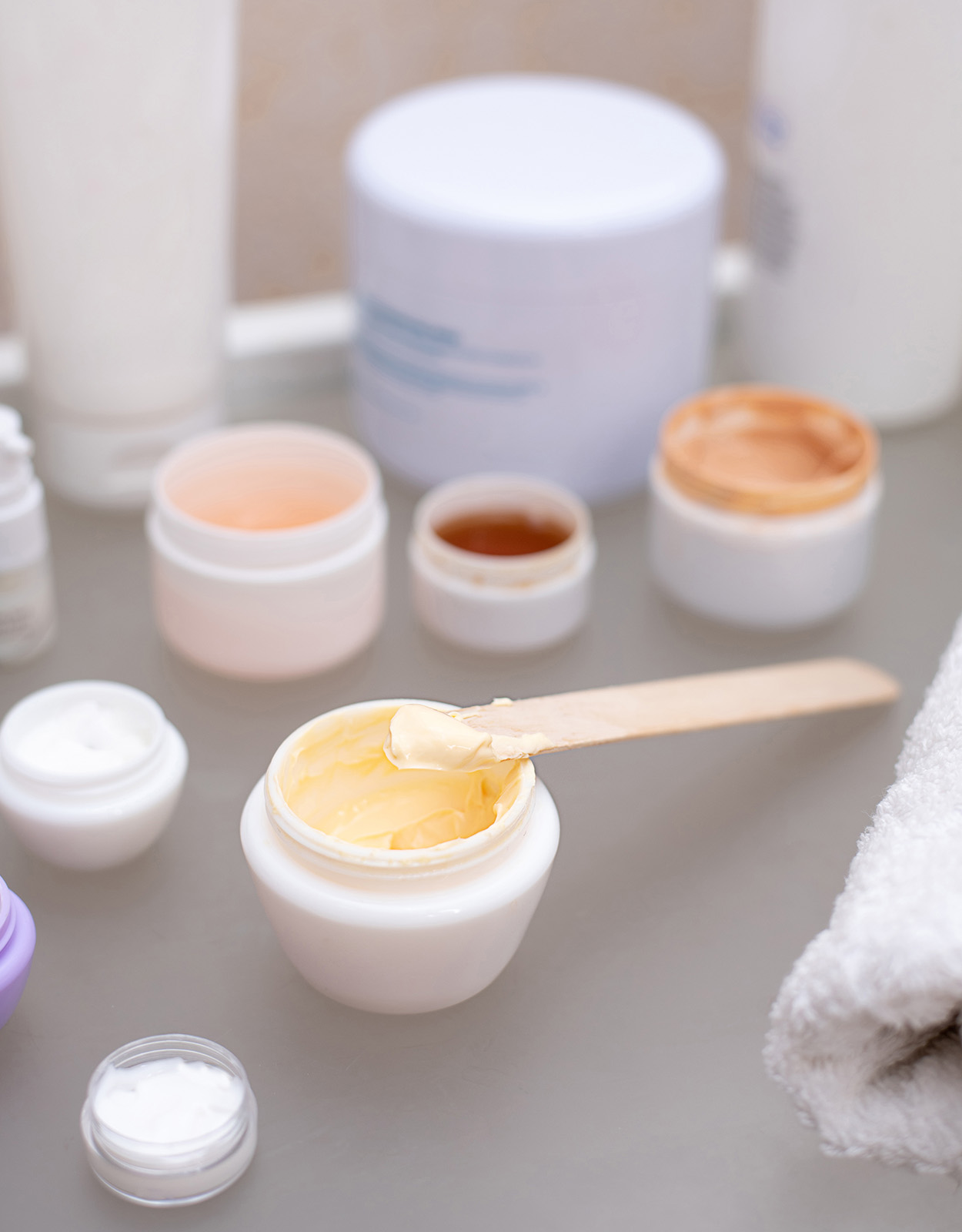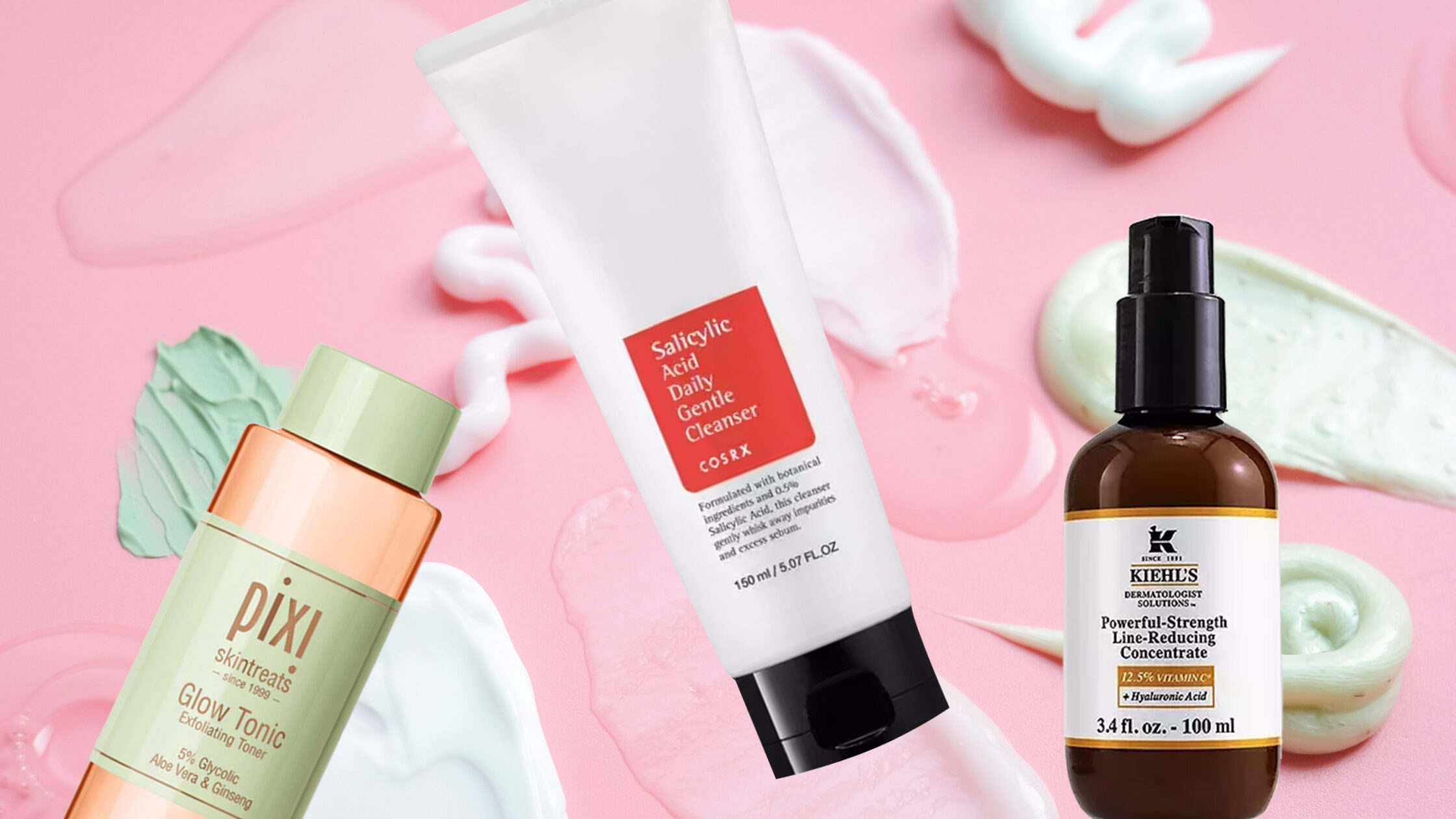A Modern Parent’s Guide to Skincare Ingredients You Shouldn’t Mix
Did you know that some topical products, when combined, can inactivate or destabilize one another? Here are skincare ingredients you shouldn’t mix.
When it comes to putting together a skincare routine, many of us probably believe that the more products we apply, the better! After all, we’ve seen so many beauty bloggers and vloggers share their routines, often composed of 10 or more products. But before we buy or add anything to our current routines, it’s important to read the ingredients first. Some products, when combined, can actually inactivate or destabilize each other. This either makes the products ineffective or may cause skin irritation. Here’s a guide on skincare ingredients you shouldn’t mix.
1. Two products with the same actives
Many products contain the same “actives” — like benzoyl peroxide (used for acne) and glycolic acid (used to exfoliate). So if you’re already using a toner or serum that contains glycolic acid, like the Pixi Glow Tonic or the Pixi Overnight Glow Serum, no need to finish it off with a moisturizer or mask that also contains glycolic acid. Too much of this ingredient can lead to skin irritation.

2. Soap-Based Cleanser and Vitamin C
Vitamin C is designed as a morning product. But the cleanser or facial wash you use before applying Vitamin C is crucial. Vitamin C works best when formulated with a low pH. So using a soap-based cleanser, which has a high pH, may decrease the skin’s ability to absorb Vitamin C.
And because well-formulated Vitamin C products are expensive, like Kiehl’s Powerful-Strength Vitamin C Serum, it’s best to get your skin and money’s worth by washing with a salicylic or glycolic-based cleanser in the morning — like the COSRX Salicylic Acid Daily Gentle Cleanser or The Aivee Clinic’s Glycolic Soap.

3. Retinoid or Retinol and Salicylic Acid
Retinoid or retinol is known to reduce the appearance of fine lines and wrinkles. Meanwhile, salicylic acid fights off acne — because it increases skin cell turnover to keep pores clear. On its own, each ingredient can dry out the skin. So together, they can over-dry the skin and make things worse. When the skin is overly dry, it compensates by producing more oil, which then creates a vicious cycle of dryness and acne. So if you want to use both products, you can use salicylic acid in the morning and retinol at night.

4. Retinoid or Retinol and Vitamin C
Retinoids really need to be used wisely. As mentioned, Vitamin C is effective in a low-pH environment. Meanwhile, retinol works best in a higher pH environment. So if you use them together, they won’t work optimally.
An easy fix is to use both at the times they are intended. Retinol is best applied at night because it makes skin more photosensitive, which increases the risk of sun damage. On the other hand, Vitamin C functions best during the day, because it’s an antioxidant that protects against the skin-damaging effects of pollution and UV rays.

5. Retinoid or Retinol and Benzoyl Peroxide
Yet another skincare ingredient you can’t mix with retinol! Benzoyl peroxide can be a game-changing addition if you have acne-prone skin. But the reason it’s not recommended to combine these ingredients is that they can literally cancel each other out — making them less effective.

Be smart when it comes to the skincare ingredients you can and can’t mix
Combining skincare ingredients without proper knowledge of how these ingredients work is not only a waste of money but also time. Moreover, it can lead to added frustration if the results are not seen or if the skin becomes irritated. The best thing to do before buying any product or using a new skincare ingredient is to consult with a dermatologist first.
Read more skincare stories on Modern Parenting:
3 Summer Skincare Essentials for Every Modern Parent
Safe Skincare During Pregnancy: Here’s What You Need to Know









